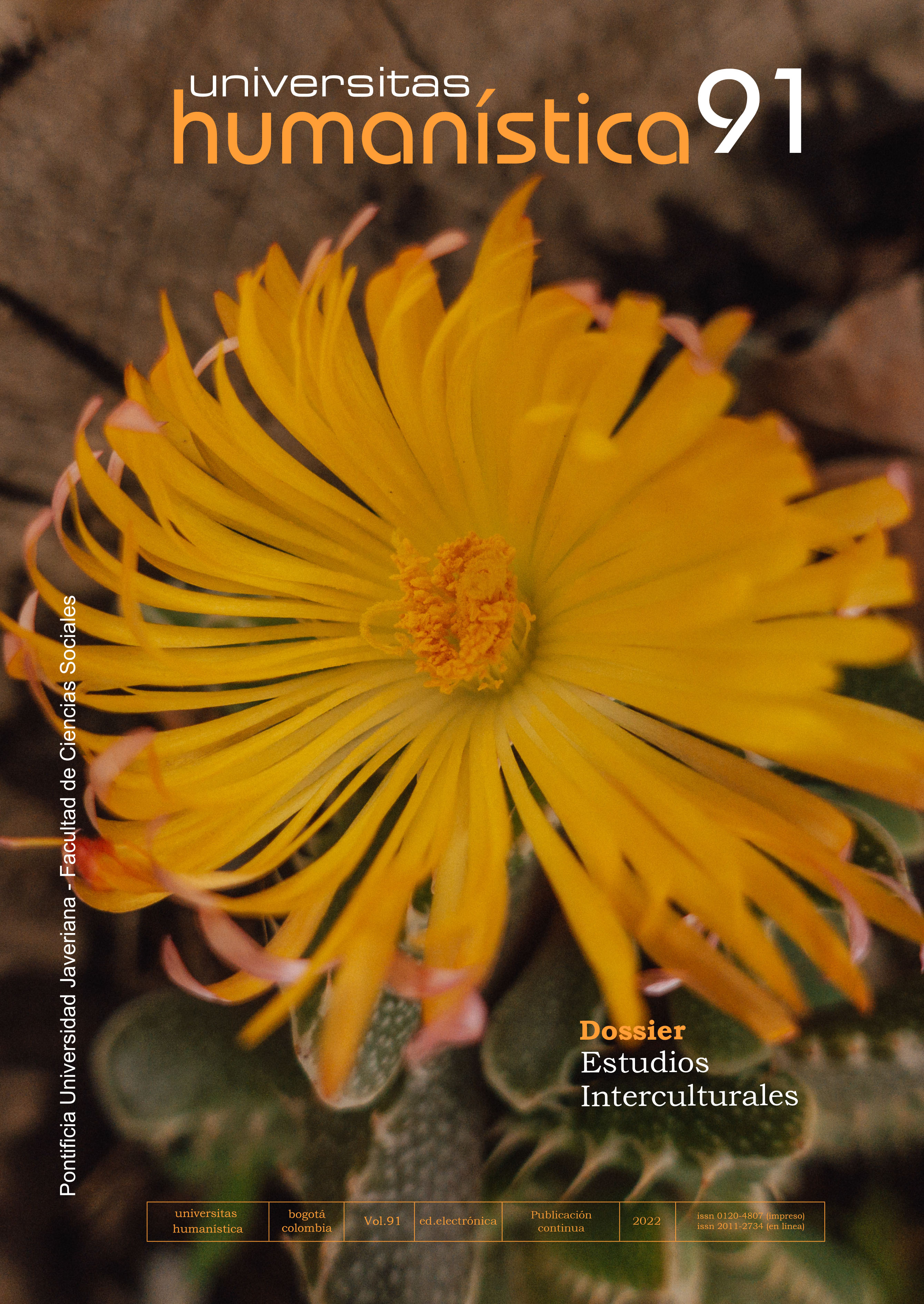The Attributes of Space and the Construction of Cultural Context in Early Childhood
##plugins.themes.bootstrap3.article.details##
This article analyzes the plural relationship between space and culture, and the ways in which children’s representations and practices are questioned from this relationship. The concept of production of space is used, with which the trialectic association between the conceived, the appropriated and the practiced that underlies the construction of culture in early childhood, through spatial attributes, is proposed. The methodological design contemplated school ethnography, to explore the space of saying, saying in space in Buen Comienzo, a program of the Mayor’s Office of Medellín. Finally, some recurrences, discontinuities and tensions of the attributes of space for the construction of culture in early childhood are presented.
cultura, educación, espacio, infanciasculture, education, space, childhoodcultura, educação, espaço, infâncias
Alanen, L., y Mayall, B. (2001). Conceptualizing Child-Adult Relations. Routledge. https://doi.org/10.4324/9780203467220
Alcaldía de Medellín. (2011). Criterios de focalización para la atención en el Programa Buen Comienzo. Programa Buen Comienzo, Educación. Alcaldía de Medellín.
Burman, E. (2008). Deconstructing Developmental Psychology. Routledge. https://doi.org/10.4324/9780203946169
Cárdenas, B., y Gómez, C. (2014). La exploración del medio en la educación inicial. MEN.
Cook, D., y Wall, J. (2011). Children and Armed Conflict: Cross Disciplinary Investigations. Palgrave Macmillan. https://doi.org/10.1057/9780230307698
Dávila, P. (2012). Infancia, derechos y educación: ¿historias traumáticas? Educación Siglo XXI, 30(2), 11-24. https://revistas.um.es/educatio/article/view/153661
Delyser, D., Herbert, S., Aitken, S., Grang, M., y McDowell, L. (2012). The Sage Handbook of Qualitative Geography. Sage.
Farrell, A., Lynn, S., y Tisdall, K. (2011). The SAGE Handbook of Early Childhood Research. Sage.
Gadamer, H. (1977). Verdad y método. Sígueme.
Gaitán, L. (2006). La nueva sociología de la infancia. Aportaciones de una mirada distinta. Política y Sociedad, 43(1), 9-26. https://revistas.ucm.es/index.php/POSO/article/view/POSO0606130009A
Goetz, J., y LeCompte, M. (2012). Etnografía y diseño cualitativo en investigación educativa. Morata.
Harvey, D. (2013). Ciudades rebeldes: del derecho de la ciudad a la revolución urbana. Akal.
Hendrick, H. (2003). Child Welfare: Historical Dimensions, Contemporary Debate. The Policy Press. https://doi.org/10.46692/9781847425645
Heverner, N., y Rizzini, I. (2002). Globalization and Children: Exploring Potential for Enhancing Opportunities in the Lives of Children and Youth. Kluwer Academic.
Holloway, S., y Valentine, G. (2000). Children`s Geographies: Playing, Living, Learning. Critical Geographies.
Holt, L. (2011). Geographies of Children, Youth and Families. Routledge. https://doi.org/10.4324/9780203863305
Jones, S., Johnos, J., Dávila, D., Pittard, E., Woglom, J., Zhou, X., y otros. (2016). Childhood Geographies and Spatial Justice: Making Sense of Place and Space-Making as Political Acts in Education. American Educational Research Journal, 53(4), 1126-1158. https://doi.org/10.3102/0002831216655221
Kyronlampi, T., y Maatta, K. (2011). Using Children as Research Subjects: How to Interview a Child Aged 5 to 7 Years. Educational Research and Reviews , 6(1), 87-93.
Lefebvre, H. (2000). La production de l’espace. Anthropos.
Llobet, V. (2014). Pensar la infancia desde América Latina: un estado de la cuestión. Clacso.
Lussault, M. (2007). El hombre espacial: la construcción social del espacio humano. Amorrortu.
Massey, D. (2005). For Space. Sage.
Mayall, B. (2013). A History of the Sociology of Childhood. Institute of Education Press.
Pavez, I. (2012). Sociología de la infancia: las niñas y los niños como actores sociales. Revista De Sociología, (27), 81-102. https://doi.org/10.5354/0719-529X.2012.27479
Pinto, M. (2014). Introducción al análisis documental y sus niveles: el análisis de contenido. Síntesis.
Pole, C., y Morrison, M. (2003). Ethnography for Education. Open University.
Prout, A. (2004). The Future of Childhood: Towards the Interdisciplinary Study of Children. Routledge. https://doi.org/10.4324/9780203323113
Qvortrup, J. (2005). Studies in Modern Childhood: Society, agency, culture. Palgrave.
Qvortrup, J., Corsaro, W., y Honig, M. (2009). The Palgrave Handbook of Childhood Studies. Palgrave. https://doi.org/10.1057/9780230274686
Ricoeur, P. (1998). Teoría de la interpretación: discurso y excedente de sentido. Siglo XXI.
Runge, A. (2008). Heterotopías para la infancia: reflexiones a propósito de su desaparición y del final de su educación. Revista Latinoamericana de Ciencias Sociales, Niñez y Juventud, 6(1), 31-53. https://revistaumanizales.cinde.org.co/rlcsnj/index.php/Revista-Latinoamericana/article/view/264
Soja, E. (1996). Third space: Journey to Los Angeles And Other Real And Imagined Places. Blackwell.
Van Dijk, T. (1978). La ciencia del texto: un enfoque interdisciplinario. Paidós
Whiteman, P., y De Gioia, K. (2012). Children and Childhoods 1: Perspectives, Places, and Practices. Cambridge Scholars.

This work is licensed under a Creative Commons Attribution 4.0 International License.


